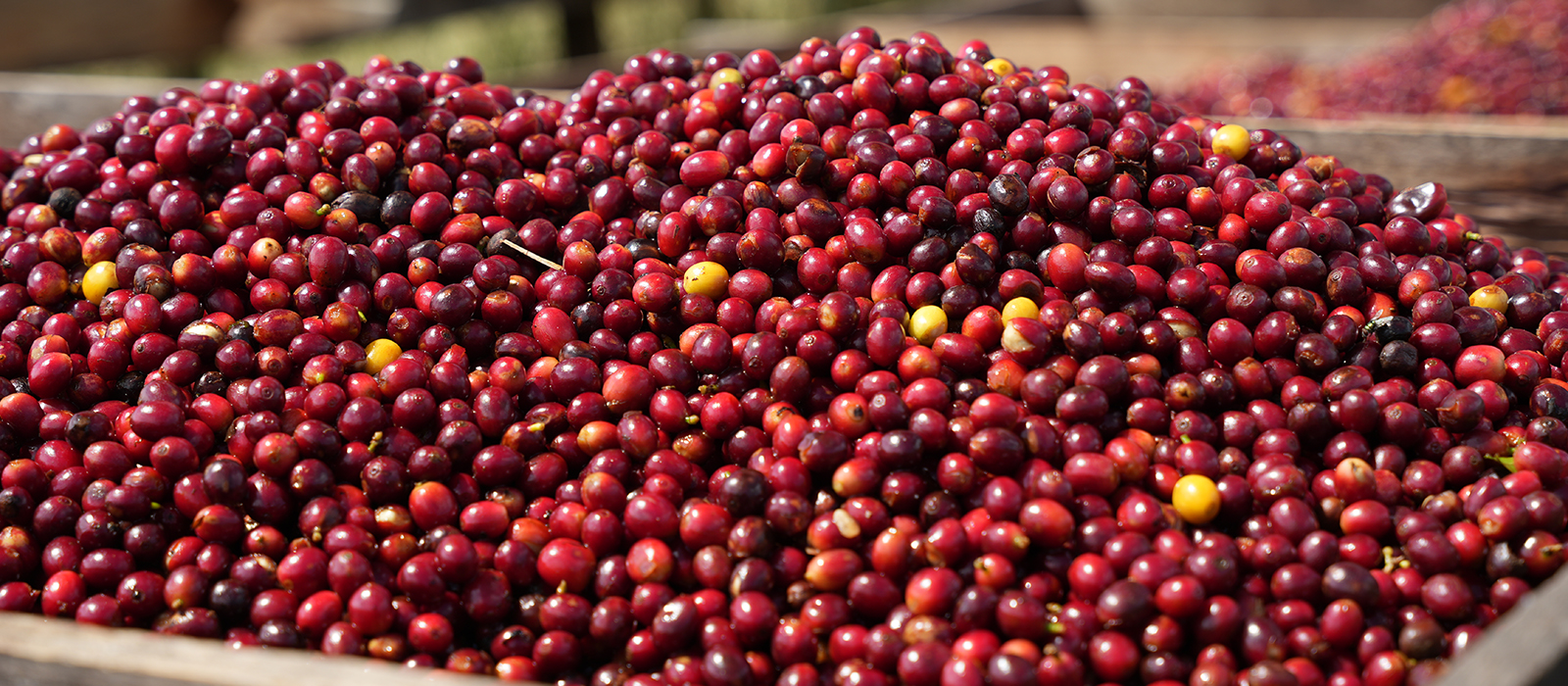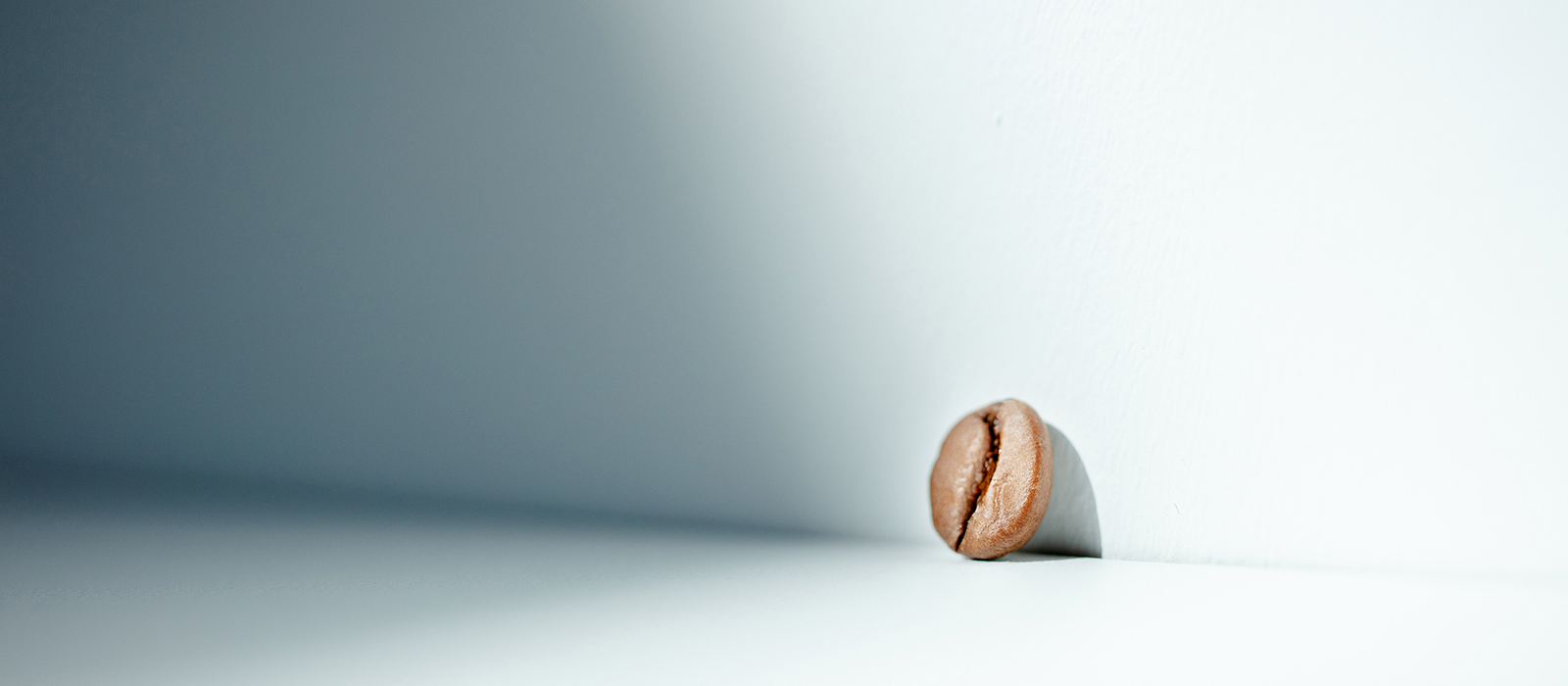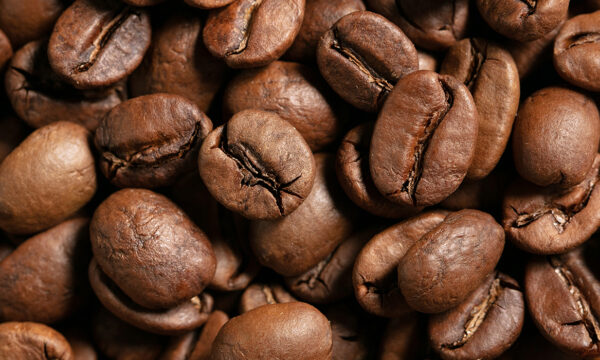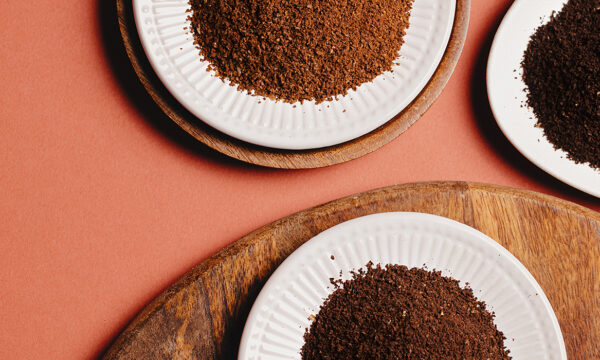
- Home
- All you need to know about Arabica Coffee Beans
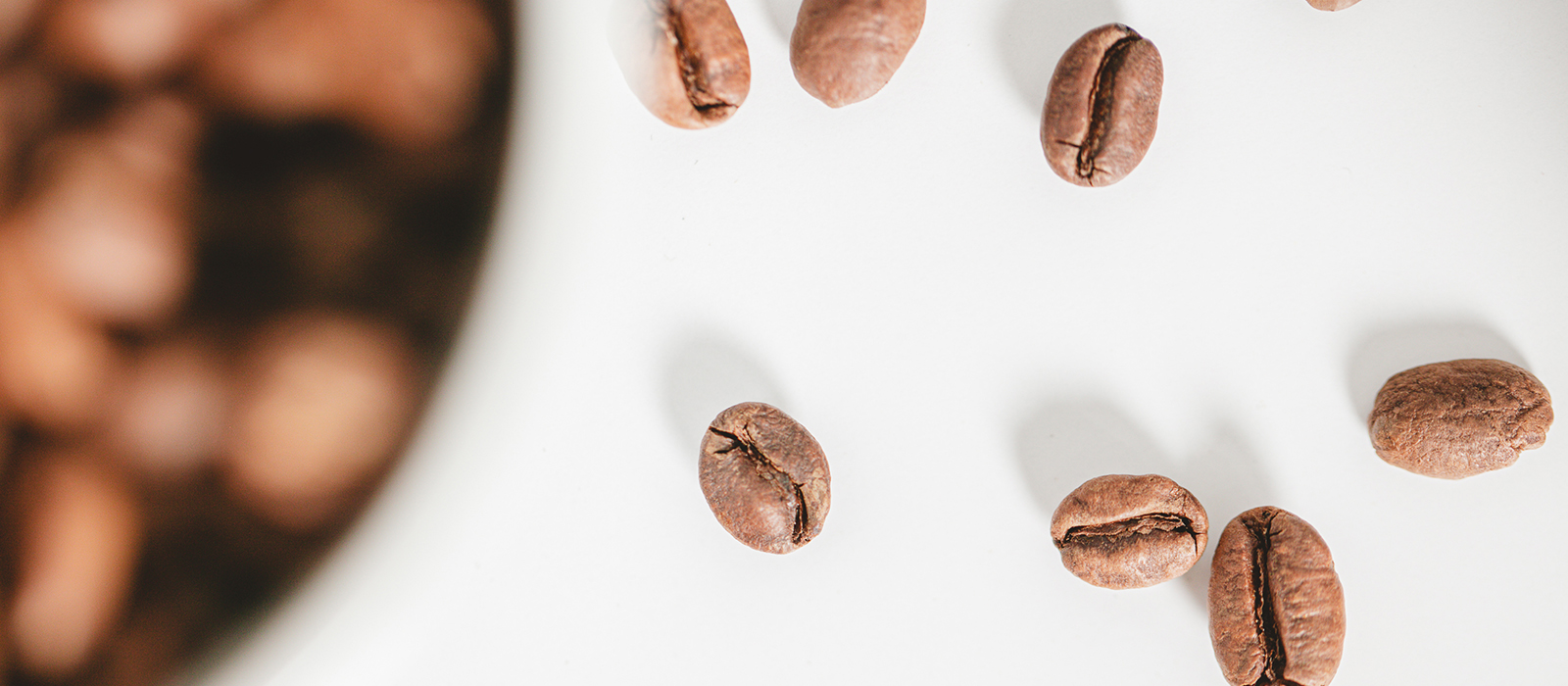
All you need to know about Arabica Coffee Beans
Written by Chloé
Reading time 5 minOriginally from Ethiopia, Arabica coffee beans are now mainly grown in Central and South America. Less caffeinated than Robusta coffee beans, they have an incomparably rich aroma, thanks to their demanding cultivation at high altitude. Find out all you need to know about Arabica coffee.
Where does Arabica coffee come from?
The history of Arabica coffee begins in the landscapes of Ethiopia, where, according to legend, a shepherd named Kaldi discovered its energising properties in the 9th century.
Over time, and thanks in particular to the creation of the port of Moka by Ali ben Omar Al-schadli in the 15th century, Ethiopia became a veritable commercial crossroads for coffee.
However, it wasn’t until the 19th century that Arabica coffee began to establish itself in Central and South America, the regions that dominate world production today.
More specifically, Coffea arabica is now mainly grown between the Tropic of Cancer and the Tropic of Capricorn. It accounts for around 60% of the world’s coffee production.
The remaining 40% is attributed to coffea canephora, better known as Robusta coffee.
MaxiCoffee information on the world of coffee
Coffee comes from a shrub in the Rubiaceae family and the “coffea” genus: the coffee tree. The coffea Arabica produces arabica and various varieties such as Bourbon or Typica. On the other hand, Coffea canephora produces several varieties, the best known of which is Robusta.
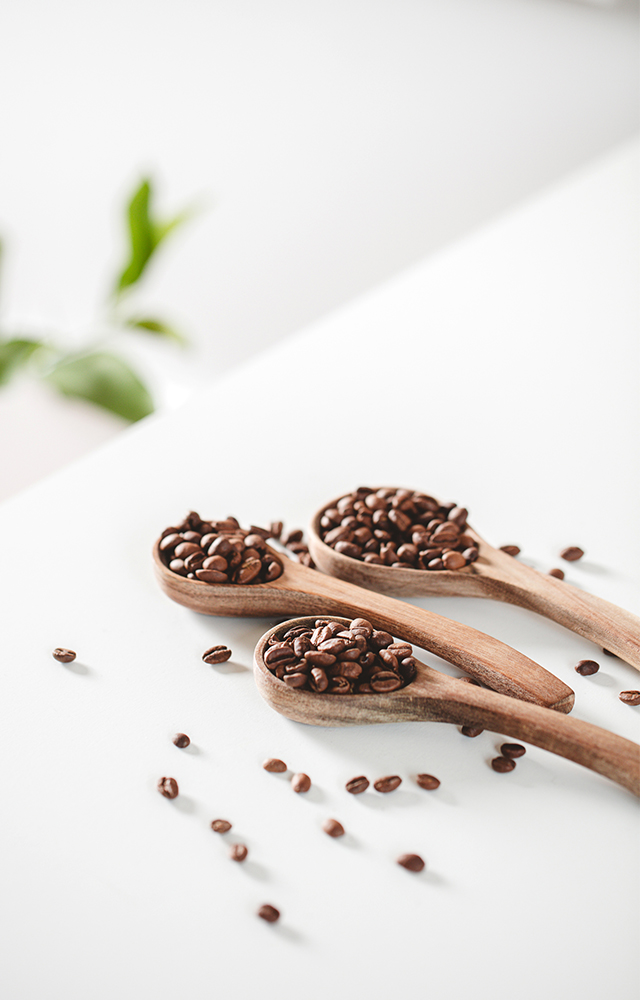
Where does Arabica coffee grow?
Arabica coffee belongs to the Coffea genus in the Rubiaceae family.
It stands out in the plant world for its richness and complexity, with more than 124 species listed.
This coffee is particularly appreciated for its elongated beans and distinctive S-shaped furrow.
Arabica thrives at high altitudes, between 600 and 2,400 metres above sea level, where cool, temperate climatic conditions are essential to its development.
These environmental requirements underline its vulnerability, as Arabica is more fragile than its cousin, Coffea canephora. This sensitivity makes its cultivation more delicate, requiring a specifically temperate climate to optimise its growth and the quality of its aromas.
What varieties of Arabica coffee are there?
Arabica coffee, famous for its diversity and rich aroma, comes in hundreds of varieties, each with unique characteristics that influence its taste and aroma. Among these varieties, some stand out for their renown and the exceptional quality of the coffee they produce, considered by many to be the best coffee in the world.
Bourbon pointu, for example, is renowned for its sweet notes and aromatic complexity. Originating on the island of Réunion, this variety is appreciated for its perfect balance and subtle flavour nuances.
Similarly, Jamaica’s Blue Mountain, with its sweet aromas and almost total absence of bitterness, is highly sought after by connoisseurs for its finesse and refined taste.
Each Arabica variety has its own history, characteristics and aromatic profile. Other varieties such as Geisha coffee, grown in Panama, Maragogype, Heirloom, Caturra, Sidra, Timor and Laurina, among many others, offer connoisseurs a myriad of tastes and aromas to explore.
What does Arabica coffee taste like?
The 1000 or so aromatic molecules that make up Arabica coffee give it a particularly wide and delicate range of flavours.
The superior quality of Arabica’s taste lies in its ability to capture the essence of its terroir. Each Arabica variety brings its own nuances, thanks in particular to the processing and roasting methods used.
Grown at high altitude, Arabica cherries mature slowly, a process that intensifies their aromatic profiles. The result is a cup rich in fine, fruity and floral aromas.
The diversity of flavours in Arabica, which is lighter, more delicate and less caffeinated than Robusta, is appreciated in preparations such as filter coffee or slow extractions.
How much does Arabica coffee cost?
Because coffee is a commodity, its price is governed by the New York Stock Exchange. The value of green coffee, i.e. the unroasted bean, varies according to supply and demand, as well as speculation by various economic players such as traders and pension funds.
In addition to stock market prices, the price differential imposed by the producer, ocean freight costs, as well as financing, logistics and road transport costs, all influence the cost of Arabica coffee.
The quality of the coffee also plays an important role in its value. Speciality coffees, those that follow particular production and treatment processes, and certain rare varieties such as Geisha coffee, are often sold at much higher prices. Because of their exceptional quality, some lots can even fetch several thousand dollars a kilo at auction.
What are the differences between Arabica and Robusta coffees?
Arabica and Robusta coffees differ in taste, cultivation and caffeine content.
Arabica, preferred for its aromatic complexity, offers sweeter, more delicate flavours in varieties such as mocha, pointed bourbon and typica. It reflects the diversity of its terroir, at high altitude, where it thrives despite its susceptibility to disease.
Robusta coffee beans, on the other hand, has almost twice as much caffeine, making it robust enough to protect it from insects and enable it to grow at lower altitudes. This high caffeine content gives robusta a stronger, more bitter taste, often used in blends to enhance the body and crema of espresso.
While Arabica seduces with its finesse and aromatic variety, Robusta offers a strength and intensity that are appreciated in certain blends.
Arabica is often preferred for its potential health benefits, attributed to its low caffeine content. This characteristic makes it ideal for those seeking to limit their caffeine intake while still enjoying a coffee rich in flavour.
Arabica coffee, with its wide range of varieties and nuanced aromatic profiles, offers an incomparable taste experience that appeals to coffee lovers and connoisseurs the world over. Grown in highlands, each Arabica bean tells the story of its terroir. It reveals fruity and floral flavours that establish Arabica as a benchmark of quality. In this way, Arabica is constantly redefining the standards of excellence, promising a memorable and refined sensory experience in every cup.
Discover all of our articles
